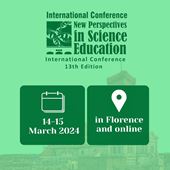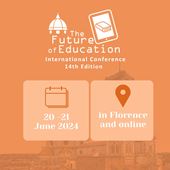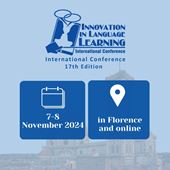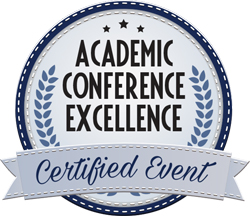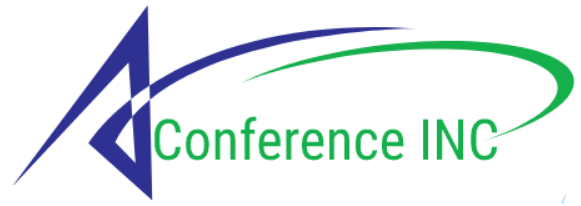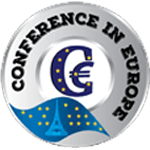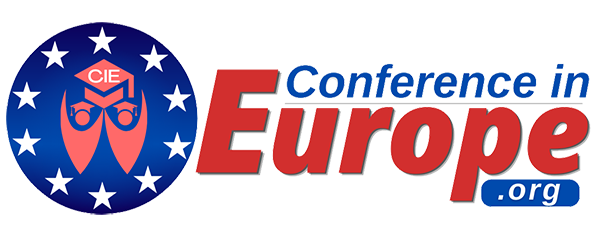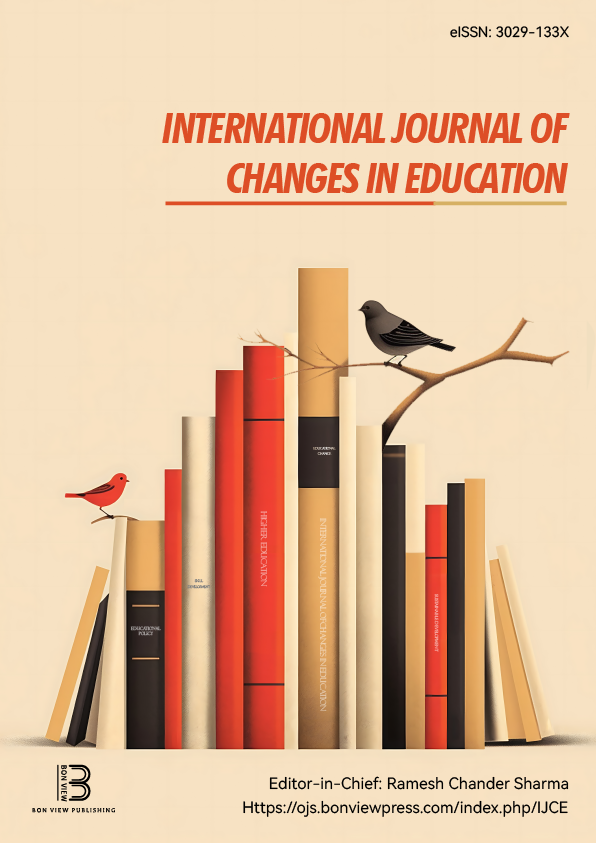Promotinig Future Teachers’ Computational Thinking Skills Using Earthquake Simulator Robotics
Hanna Kim, Northeastern Illinois University (United States)
Abstract
The K-12th-grade science curriculum in the US follows the Next Generation of Science Standards (NGSS), which value computational thinking (CT) for science educators (NRC, 2011). However, many teachers are unsure what CT is and how they can integrate this practice into their science teaching. One major concern is that our preservice teachers should learn how to utilize CT skills for their future students. To promote our preservice teachers’ knowledge of fundamental CT skills, we designed a science project utilizing robotics that can simulate earthquakes using LEGO Mindstorms. We modified an Elementary and Middle School Science Teaching Methods course in the Teacher Education Department to teach preservice teachers to incorporate CT into their future science classrooms. We tested this simulator for 80 preservice teachers who were taking elementary and middle school science methods courses. Our study defined CT in science education, and we created and tested science models using robotics (e.g., earthquake simulator robotics) to promote preservice teachers’ CT in elementary and middle school science settings. Finally, we measured their CT skill growth and confidence levels using pre/post surveys and class observations. Preservice teachers’ self-efficacy of each aspect of CT improved significantly from the beginning to end of the semester.
Keywords Computational Thinking (CT), Elementary and Middle School Science, Robotics, Earthquakes Simulator, Teacher Education
References
1. Ioannou, A & Makridou, E (2018). Exploring the potentials of educational robotics in the development of computational thinking: A summary of current research and practical proposal for future work. Education and Informational Technology, 23, 2531–2544, doi.org/10.1007/s10639-018-9729-z.
2. National Research Council. (2011). Report of a workshop of pedagogical aspects of computational thinking. Washington, DC: The National Academies Press.
 New Perspectives in Science Education
New Perspectives in Science Education
